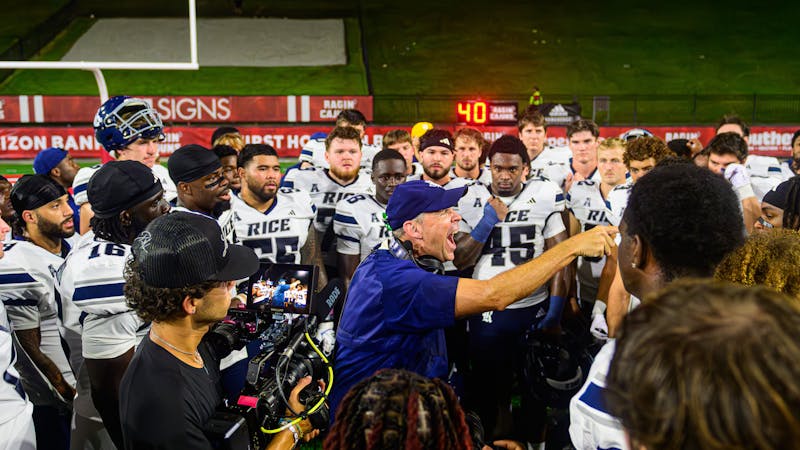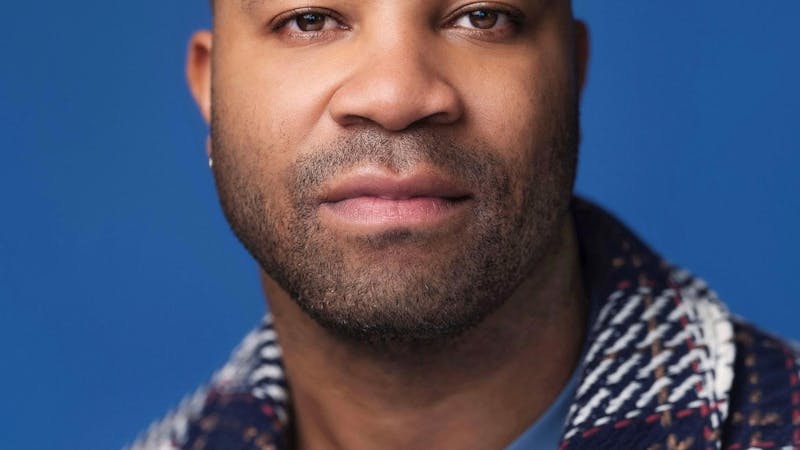Blanchett overly optimistic about women-led films
In her Best Actress acceptance speech for her role in Blue Jasmine, Cate Blanchett admonished Hollywood for marginalizing films with female protagonists, chiding “those ... in the industry who are still foolishly clinging to the idea that female films with women at the center are niche experiences.”
In her Best Actress acceptance speech for her role in Blue Jasmine, Cate Blanchett admonished Hollywood for marginalizing films with female protagonists, chiding “those ... in the industry who are still foolishly clinging to the idea that female films with women at the center are niche experiences.” She added, “Audiences want to see them and, in fact, they earn money.”
I think I understand Blanchett’s overarching objective — to prompt audiences to reconsider the role of women in film, and her statement regarding female-centric films earning more money seems to hold true (at least for the recent past). In 2013, for instance, the top-grossing domestic films were The Hunger Games: Catching Fire, The Avengers and Frozen. Two of the three films have female protagonists.
But is it because women-led films are inherently more attractive that they are top-grossing? I argue that it is because these films are “niche” that they garner intrigue. Blanchett may be right about the industry “foolishly clinging,” but she is overly optimistic in her assumption that films with female leads are mainstream when, in fact, they fulfill very specialized roles in their genres.
The Hunger Games franchise, for instance, has often been credited with being revolutionary in its portrayal of a woman as the protagonist of an action-adventure story. With headlines like “The Hunger Games: Action-film feminism is Catching Fire” (BBC) and “Hunger Games becomes first female-led film since…” (Buzzfeed), it is clear that The Hunger Games is an outlier in its realm.
The same goes for Frozen. While there is no clear consensus on whether the movie is actually feminist, the animated discourse surrounding the film’s female lead characters and whether or not they break free from the confines of Disney princess culture proves its individuality.
Women themselves are underrepresented in the industry. According to a recent study conducted by the Center for the Study of Women in Television and Film at San Diego State University, “women comprised 16 percent of all directors, executive producers, producers, writers, cinematographers and editors working on the top 250 (domestic) grossing films of 2013.” All things considered, there is an incredible gender gap in Hollywood, off- as well as on-screen.
Blanchett is right: Audiences do want more female-led films, but the fact is there is a long way to go before these types of movies can be considered in line with mainstream media. Only when commenters stop exclaiming how “revolutionary” or “feminist” these films are will they cease to belong to the female-protagonist niche and instead become true representatives of their respective genres.
More from The Rice Thresher

Over 1,000 students petition against new meal plan
When Konstantin Savvon opened the Housing and Dining email announcing the new unlimited meal plan, he was instantly concerned about the impact on off-campus students like himself.

Rice football wins season opener under new coach
For the first time since 2018, Rice football opened its season with a victory. Scott Abell was soaked with yellow Powerade following a 14-12 win on the road Saturday against the University of Louisiana at Lafayette, which won 10 games and made it to the Sun Belt Conference championship last season.

Acting like an athlete: Rice basketball alum takes on Broadway
Underneath Chadd Alexander’s Broadway costume, there’s ankle tape and wrist braces — same protective gear he wore as a walk-on basketball player at Rice, though now he’s performing eight shows a week in the ensemble of “Harry Potter and the Cursed Child” instead of running conditioning drills in Tudor Fieldhouse.

Please note All comments are eligible for publication by The Rice Thresher.